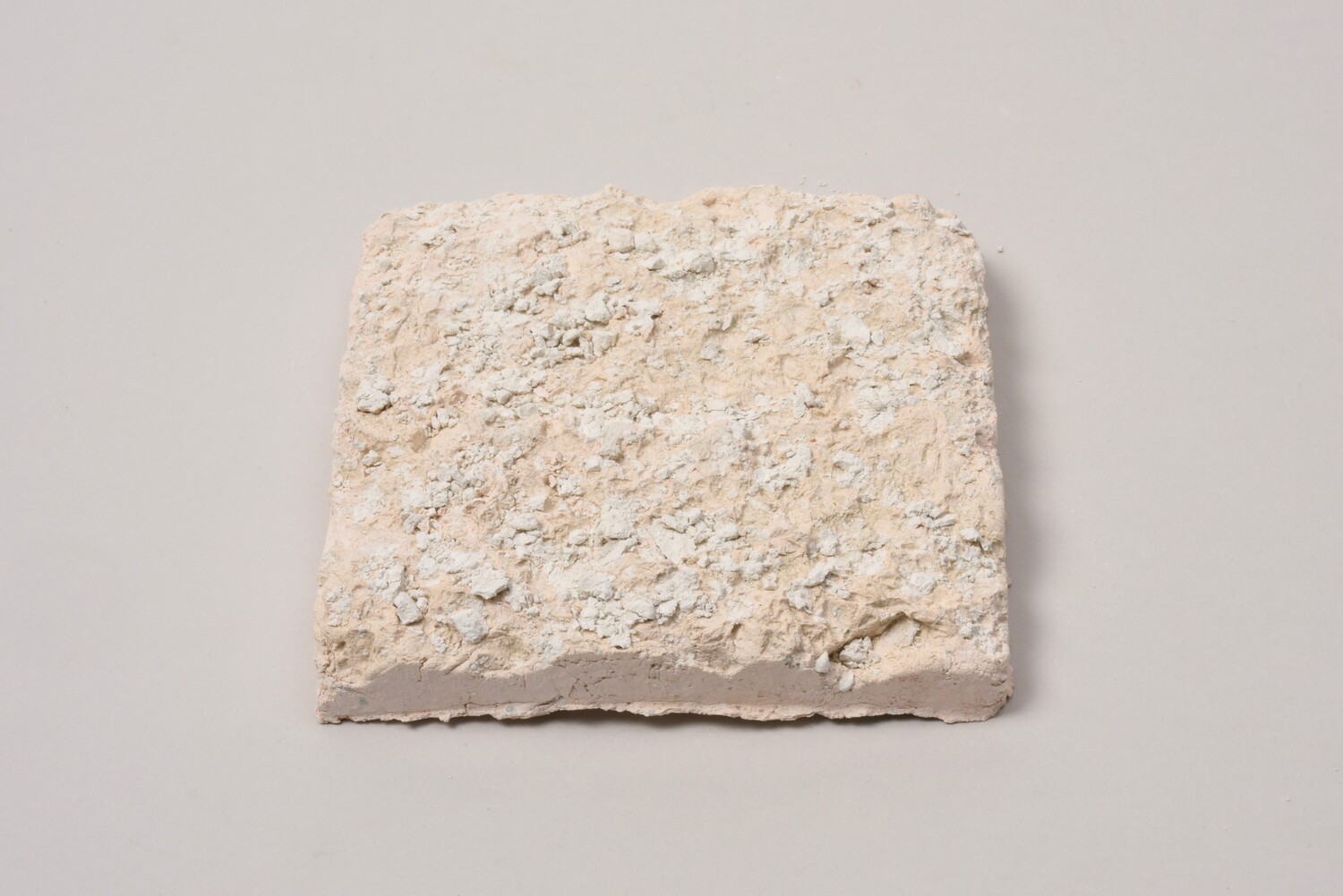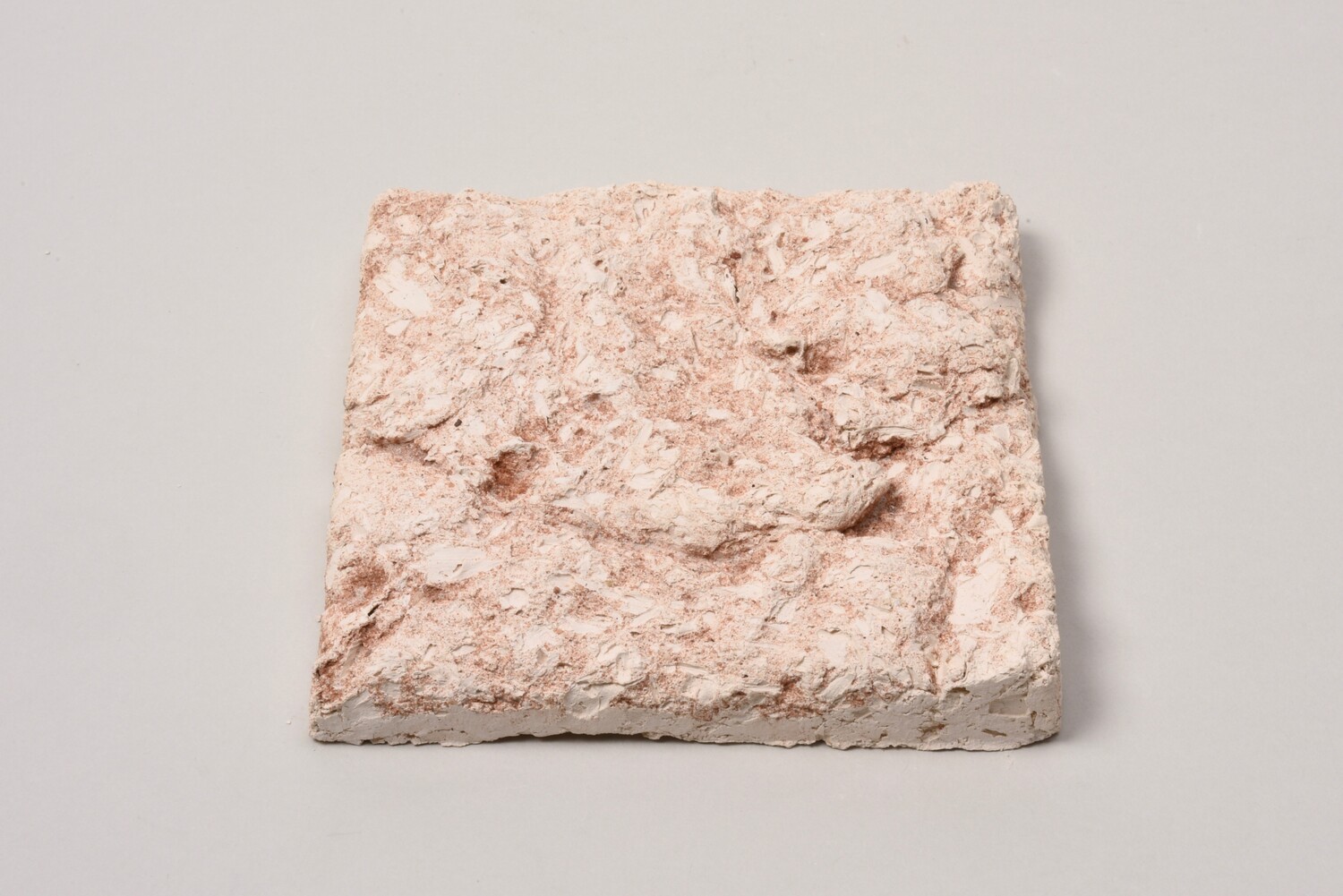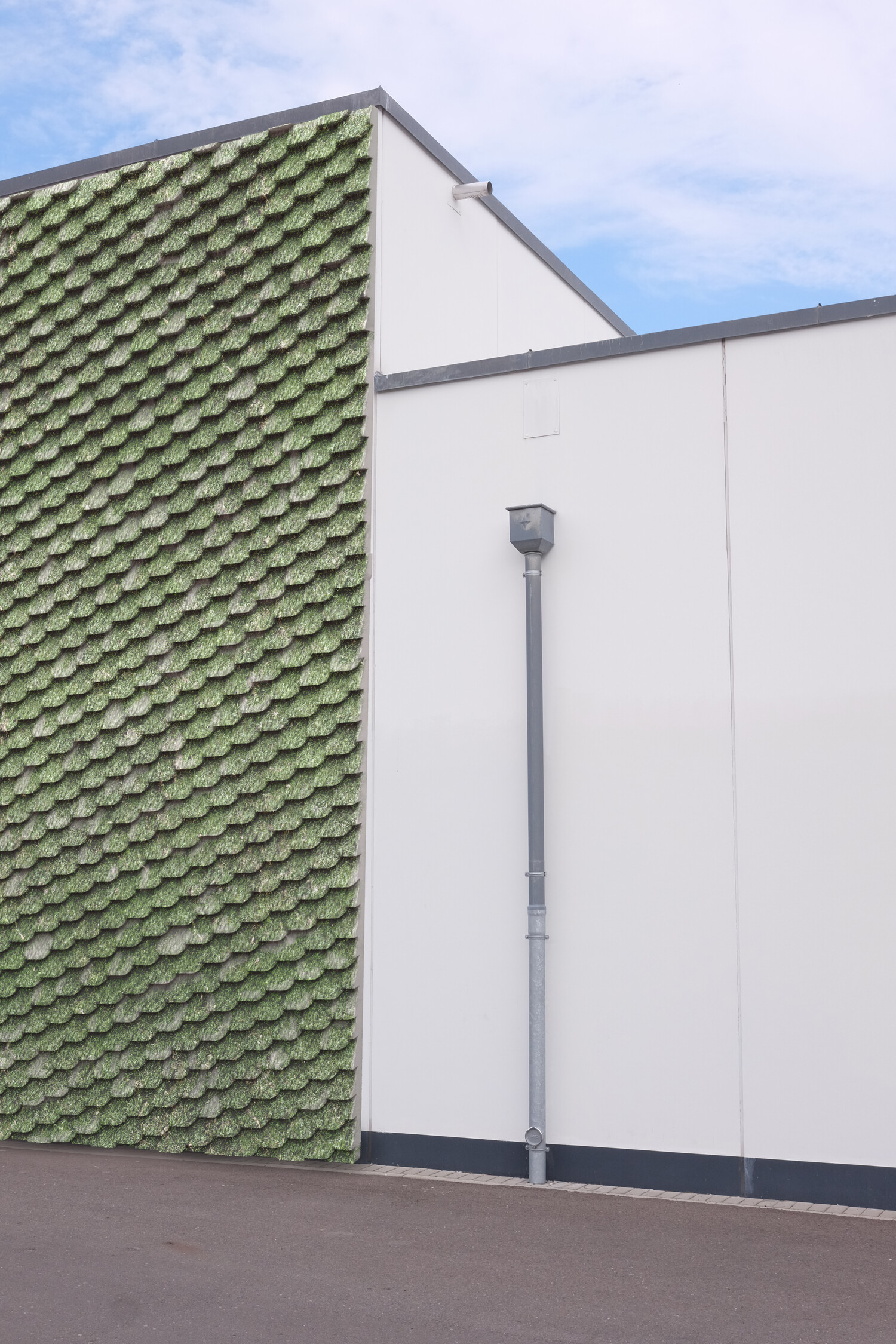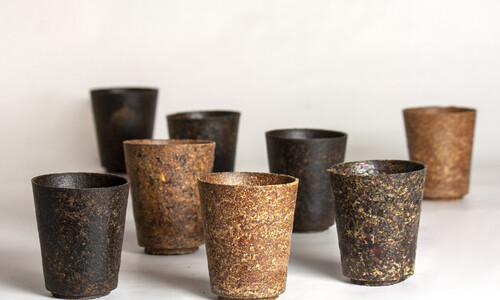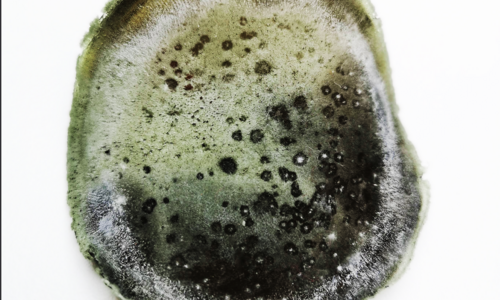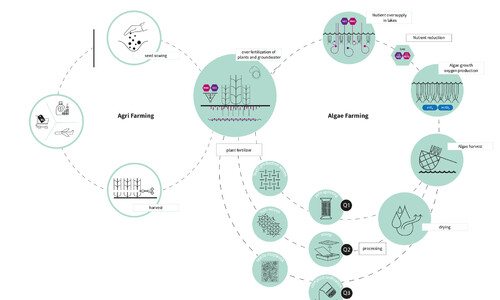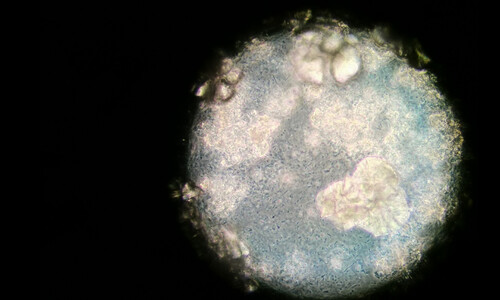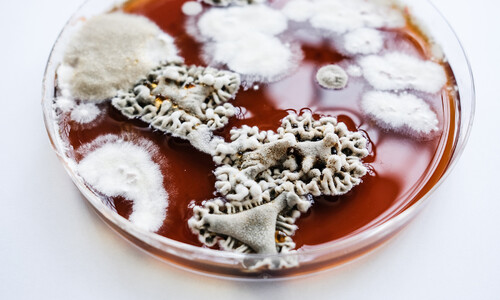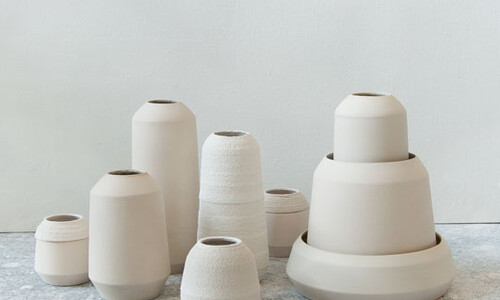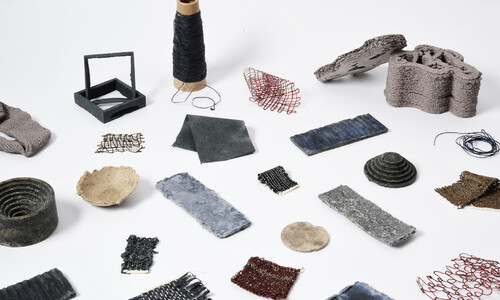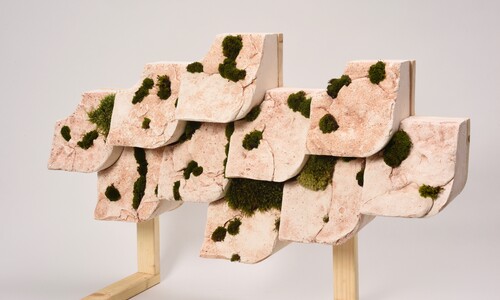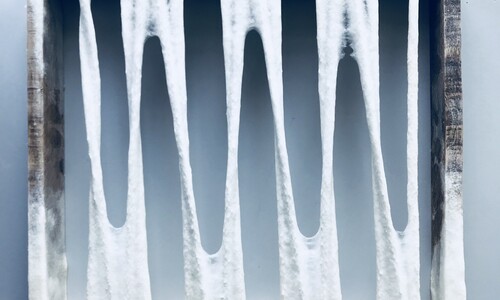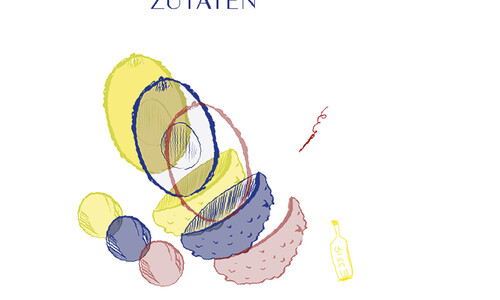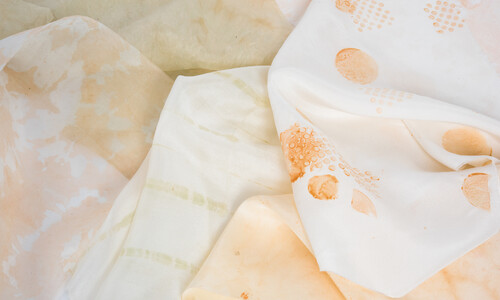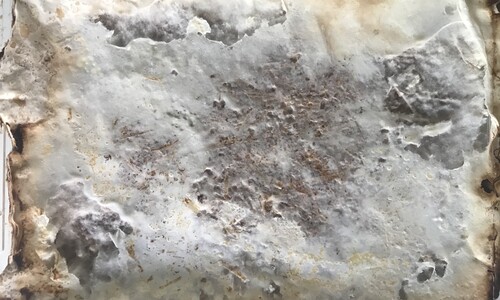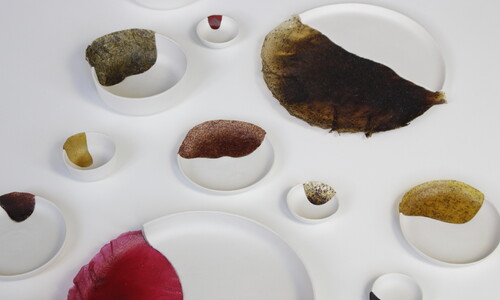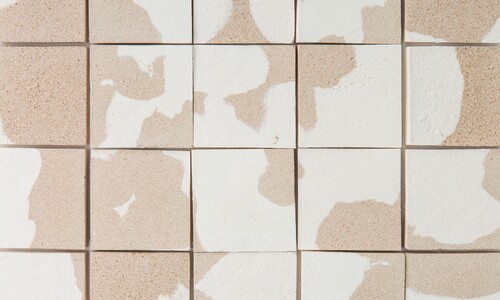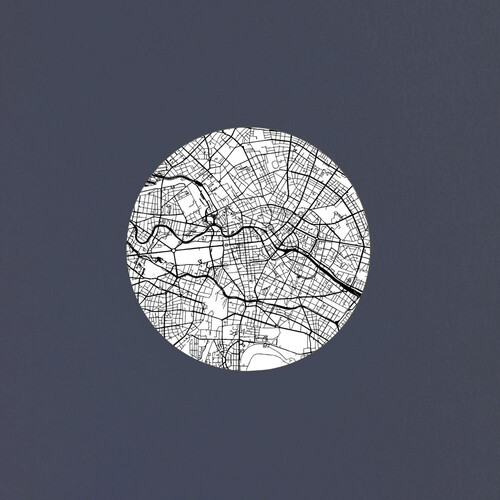Verdichtete Gebiete heizen sich im Sommer stark auf. Bei dem Projekt Feuchtgebiete werden Ziegel für die Ansiedlung von Moosen hergestellt. Moose können viel Feuchtigkeit aufnehmen und für einen langen Zeitraum speichern. Durch ihre große Oberfläche geben sie Feuchtigkeit ab, ihre Umgebung wird spürbar heruntergekühlt. Zudem ziehen Moose Feinstaub an und wandeln ihn in Biomasse um. Einige der Bakterien auf dem Moos können sogar Ruß und Reifenabrieb verstoffwechseln.
Die Module bestehen aus poröser Keramik, wodurch viel Regenwasser gespeichert wird. Damit mehr Regen auftrifft und das Moos besser Halt findet, sind die Frontseiten der Ziegel geneigt. Auch die Struktur der Fronten bietet dem Moos Halt. Die Ziegel können beim Bau neuer Gebäude mit eingeplant oder bei Bestandsarchitektur vorgesetzt werden.
